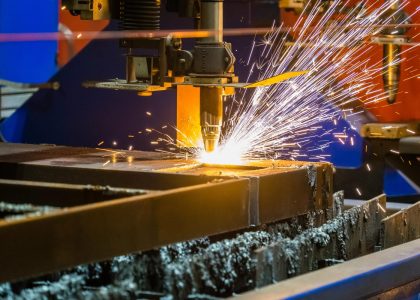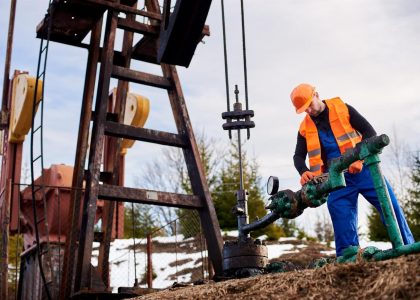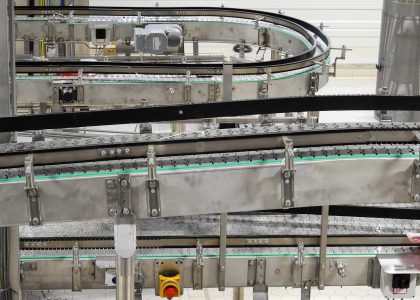In modern mining, technological advancements are at the heart of optimizing efficiency and sustainability. Among these innovations, thickening technology stands out as a game-changer, helping mining operations reduce water usage, enhance ore processing, and lower costs. This revolutionary technique is redefining how mining companies deal with extracted materials and tailings while aligning operations with environmental goals.
This blog delves into how thickening technology has evolved to meet industry demands, its critical use in dewatering processes, and how facilities worldwide are leveraging it for success.
What is Thickening Technology, and Why is It Essential?
Thickening technology refers to processes and equipment used to separate solids from liquids during ore processing, forming a concentrated “thickened” slurry. It plays a crucial role in dewatering, an essential operation in mining. Without proper dewatering, the storage and transport of tailings become inefficient, leading to increased energy use and production costs.
The key advantage of mining thickeners—the machinery behind this technology—is their ability to reclaim large amounts of water. The water recovered through the thickening process is reused in mining operations, significantly reducing freshwater consumption. With sustainability becoming a key focus for mining companies, adopting advanced thickeners provides a dual benefit: cutting operating costs while meeting stricter environmental regulations.
Transforming Mining Efficiency and Sustainability
Modern mining thickeners are the unsung heroes of improved operational efficiency. They outperform traditional equipment by handling larger volumes of slurry and delivering higher solids concentrations. For instance, high-rate and high-density thickeners achieve compaction levels that allow mining operators to process increased tonnage without additional energy-intensive equipment.
Data suggests that cutting-edge thickeners can save up to 85% of the water used in mining processes, freeing critical resources to be reused. According to a 2020 report by the International Council on Mining and Metals (ICMM), global mining companies that implemented thickening technology reported up to a 20% reduction in waste management costs. Such advancements underscore how thickeners have become central to the mining industry’s shift toward a circular economy.
Real-World Applications and Success Stories
From gold mining operations in South America to iron ore projects in Australia, mining thickeners have demonstrated remarkable results. In one case study, a copper mine in Chile installed high-rate thickeners and decreased tailings dam usage by 35%, recapturing 90% of the processed water. This not only lowered operational costs but also boosted community relations by showcasing a commitment to sustainable water management.
The Future of Mining with Thickening Technology
The integration of smarter, AI-driven systems into thickening technology is set to further enhance its impact. Future developments in real-time monitoring and automation will allow mining operations to optimize the performance of their thickeners, reducing downtime and maximizing resource recovery.
As the mining industry continues to face challenges around sustainability, thickening technology offers a proven path towards greener, more efficient operations. Forward-thinking companies that invest in advanced solutions today will lead the charge toward a more sustainable future.
In a world where efficiency and sustainability drive decisions, thickening technology is more than a necessity—it’s an opportunity to revolutionize mining for the better. Implementing cutting-edge mining thickeners is no longer just an industry trend; it’s a competitive advantage shaping the future of resource extraction.






